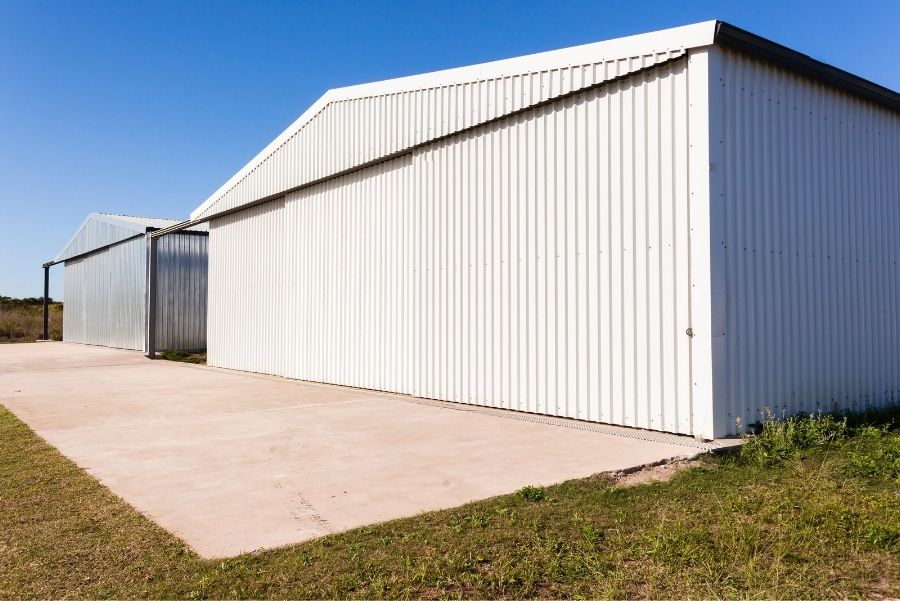Are you moving soon and feeling a little overwhelmed? Don’t worry, you’re not alone! Moving can be a very stressful experience, but it doesn’t have to be. In this blog post, we will give you tips to help make your move go as smoothly as possible. We’ll also provide some information on moving and storage options, so that you can choose the best one for your needs. Let’s get started!

1. Plan Ahead
One of the most important things you can do when moving is to plan ahead. This means creating a budget and sticking to it. There are a lot of moving expenses that can add up quickly, so be aware of what you’re spending.
Some moving costs to keep in mind include:
- The cost of renting a moving truck or storage unit
- The cost of hiring professional movers
- The cost of packing materials (boxes, tape, bubble wrap, etc.)
- The cost of food and lodging if you’re moving out of state
If you plan ahead and budget for these expenses, you’ll be less likely to break your bank when moving.
2. Purge and Donate What You Can
Before you start packing up your things, take some time to go through your belongings and get rid of anything you don’t need or use anymore. This will not only lighten your load, but it will also save you money on moving costs.
If you have items that are in good condition, consider donating them to a local charity or thrift store. Not only will this declutter your home, but it’s a great way to give back to the community.
And if you have any items that are in poor condition, see if there’s someone who can use them for parts before throwing them away. This is a great way to recycle and save yourself some money in the process.
By purging your belongings before moving, you’ll be able to save yourself time, money, and stress in the long run. So take some time to go through your things and get rid of anything you don’t need or use anymore.
3. Shop Around for the Best Rates
Consult with different moving companies to get the best rates for your specific move. Make sure to get quotes from at least three different companies so that you can compare prices. Also, be sure to ask about any hidden fees or charges that may not be included in the initial quote. This way, you can be prepared for any unexpected costs that may come up.
Another way to save money when moving is to do it during the off-season. The summer months are typically the busiest for moving companies, so if you can avoid moving during this time, you’ll likely be able to get a better deal.
The fall and winter months are typically slower for moving companies, so they may be more willing to offer discounts or promotions. If you have some flexibility in when you move, consider doing it during the off-season to save yourself some money. The team project lead at Landscapers Newcastle is moving houses sooner and she has had some quotes from three different companies sent to her office so she can compare the rates.
4. Pack Strategically
When it comes to packing, there are a few things you can do to save yourself some money. First, try to pack as much as you can on your own. This will save you from having to pay for professional packing services.
If you’re moving long-distance, consider sending items ahead of time via UPS or FedEx. This can be cheaper than renting a moving truck and will save you the hassle of packing and unpacking a truck full of your belongings.
Finally, make sure you get rid of any unwanted items before you move. The less stuff you have to move, the less it will cost you in terms of time and money.
5. Get Help from Friends and Family
On moving day, having an extra set of hands is always helpful. Ask friends and family members to come over and help you out. Not only will they be able to lend a hand with the heavy lifting, but they’ll also be there to provide moral support.
To conclude
Moving can be a daunting task, but by planning ahead and using the tips we’ve provided, you can make the process a little less stressful. Purge and donate what you can, shop around for the best rates, pack strategically, and get help from friends and family. When it comes time to unpack, take your time and enjoy your new home!







